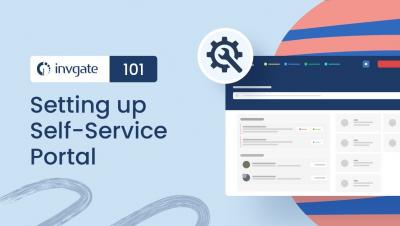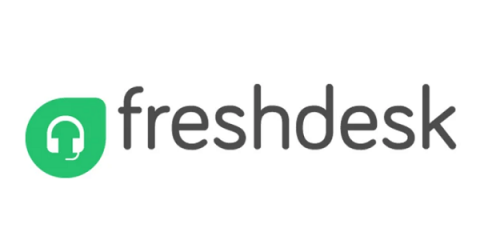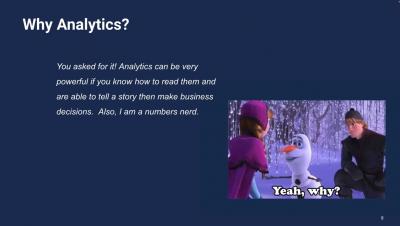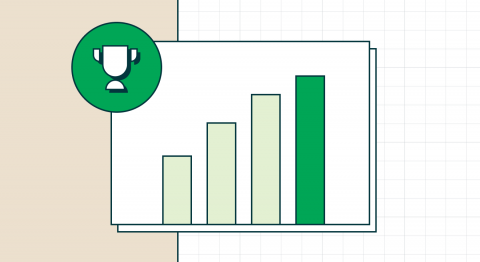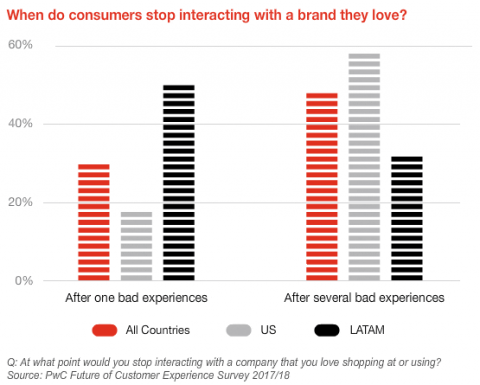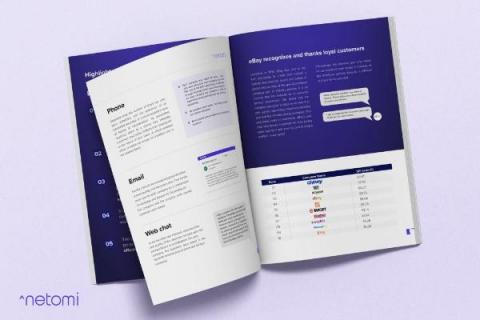Teams | Collaboration | Customer Service | Project Management
December 2022
The Ultimate Guide to Net Promoter Score
Measuring your Net Promoter Score (NPS) is the most effective way to gauge customer satisfaction. NPS dates back to 2003, when Fred Reichheld, a partner at Bain & Company, introduced a novel way of measuring how pleased your customers are with the products and services you deliver. If you’re unfamiliar with NPS, this guide will help you understand what NPS means and how you can use NPS for your business growth and to improve customer satisfaction.
Adopt a Complete CSM Platform that Utilizes ITIL
A customer service management platform is a software platform that provides a variety of tools, information, and workflows relating to customer service and the customer experience. It goes beyond the functions of a more basic ticketing system while still offering the vital functions that those systems provide. A CSM platform will enable you to manage better relationships, boost productivity and improve the customer journey.
Conversations with Zendesk: Bots
ITIL Best Practices and Processes for CSM
ITIL 4 establishes the service value system (SVS) to show “how all the components and activities of an organization work together to facilitate value creation.” This is comprised of five elements: It’s vital to understand the core principles before you can relate them to customer service, as they all play a role in the customer journey.
Live TSU Webinar for Messaging & Live Chat - Using Analytics to Make Data Driven Business Decisions
Customer Support Software Demo
How to Apologize to a Customer (Tips+Examples)
If you’re in customer service, you’re likely to run into angry/frustrated customers who are facing a difficult time with your product or service. In these situations, you should know how to apologize to a customer properly. From the tone of your apology to how you write an apology statement, it shows the customer that you genuinely understand their position and are actively working towards fixing their issue.
Why business survival and stability hinges on CX transformation
Delivering an outstanding customer experience (CX) has never been more important. In fact, according to the findings of the Zendesk CX Accelerator 2022 report, customers are even less patient now than they were a year ago when it comes to the quality of the interactions they have with companies. Failure to meet their expectations can also carry a heavy cost, pushing customers towards competitors, denting revenue growth, and reducing net promoter scores.
PWC Customer Experience is Everything Study
A Homage To The Internet’s Most Famous Customer Experience Research Study. If you’re in the customer experience space, you’ve probably heard a handful of these customer experience statistics: And lastly, the finding that may be responsible for more corporate buy-in on customer service and CX improvement over the last 4 years.
Why Frontier Airlines Cut Its Customer Service and What it Means for the Airlines Industry
I’ve never flown with Frontier Airlines, but I know people who have. Imagine this. You’re at the gate waiting to board as the scheduled flight departure time is here. Agents on the ground are trying to check passengers in and deal with last-minute changes and requests. Passengers are directed to the airline’s app to help resolve the requests and issues, yet the app is not working on your phone.
Conversations with Zendesk: AI
How Can Businesses Improve Their Customer Experience
To improve the customer experience, business leaders should lean on proven best practices. While there are many proven ways to give customers a better impression of a business, we recommend doing the following three first: ITIL best practices haven’t historically been utilized in CSM operations or improvements. Still, frameworks like ITIL and COBIT (Control Objectives for Information Technology) have a lot of innovation and efficiency to offer within the customer experience.
Your Guide to Automation for Customer Support
Customer support demand is always growing larger and larger. As your customers expect more and more from your business, it’s likely that your business will be hard-pressed to deliver speed and quality service that meets their expectations. When a business runs into sinking quality issues, they naturally look to expand their support team, however this isn’t always a viable solution.
CX that Fits Like a Glove? Top 6 Takeaways from Netomi's eCommerce Customer Service Benchmark Report
It’s no surprise that eCommerce is booming worldwide, and the pandemic has only fueled its surge. How are eCommerce brands performing from a customer service standpoint? Are they delivering the speedy resolutions that consumers have grown to desire and expect? As eCommerce and CX go hand in hand, Netomi’s research team set out to investigate. This time around, we opted to narrow our scope of focus.
Live TSU Webinar: How to effectively direct your tickets
Why P&C insurance companies need to invest in claims customer service now
When someone makes an insurance claim, they’re under a lot of stress. Maybe their son just totalled the car or their house caught fire. It’s already a very bad day. Filing a claim might be the last thing on their mind when the unexpected happens. And if the claims process isn’t simple, it can add frustration to an already stressful time. Enduring that kind of bad experience can mean the end of a customer relationship.
What is the Customer Experience?
B2B Customer Service can make or break a company; at the center of that service lies the customer experience (CX). But while 87% of companies believe they provide a strong customer experience, only 11% of their customer base agrees. For B2B companies, that disparity can be particularly damaging. Business customers tend to have a higher standard when it comes to service. They’re typically spending more and coming to the table with more clout than the average consumer.


